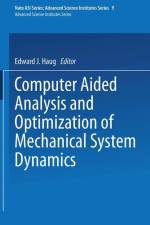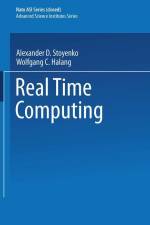- Proceedings of the NATO Advanced Workshop on Robots and Biological Systems, held at II Ciocco, Toscana, Italy, June 26-30, 1989
von Paolo Dario
284,00 €
Bionics evolved in the 1960s as a framework to pursue thedevelopment of artificial systems based on the study ofbiological systems. Numerous disciplines and technologies,including artificial intelligence and learningdevices,information processing, systems architecture and control,perception, sensory mechanisms, and bioenergetics,contributed to bionics research. This volume is based on a NATO Advanced Research Workshopwithin the Special Programme on Sensory Systems for RoboticControl, held in Il Ciocco, Italy, in June 1989. A consensusemerged at the workshop, and is reflected in the book, onthe value of learning from nature in order to deriveguidelines for the design of intelligent machines whichoperate in unstructured environments. The papers in the book are grouped into seven chapters:vision and dynamic systems, hands and tactile perception,locomotion, intelligent motor control, design technologies,interfacing robots to nervous systems, and robot societiesand self-organization.
















